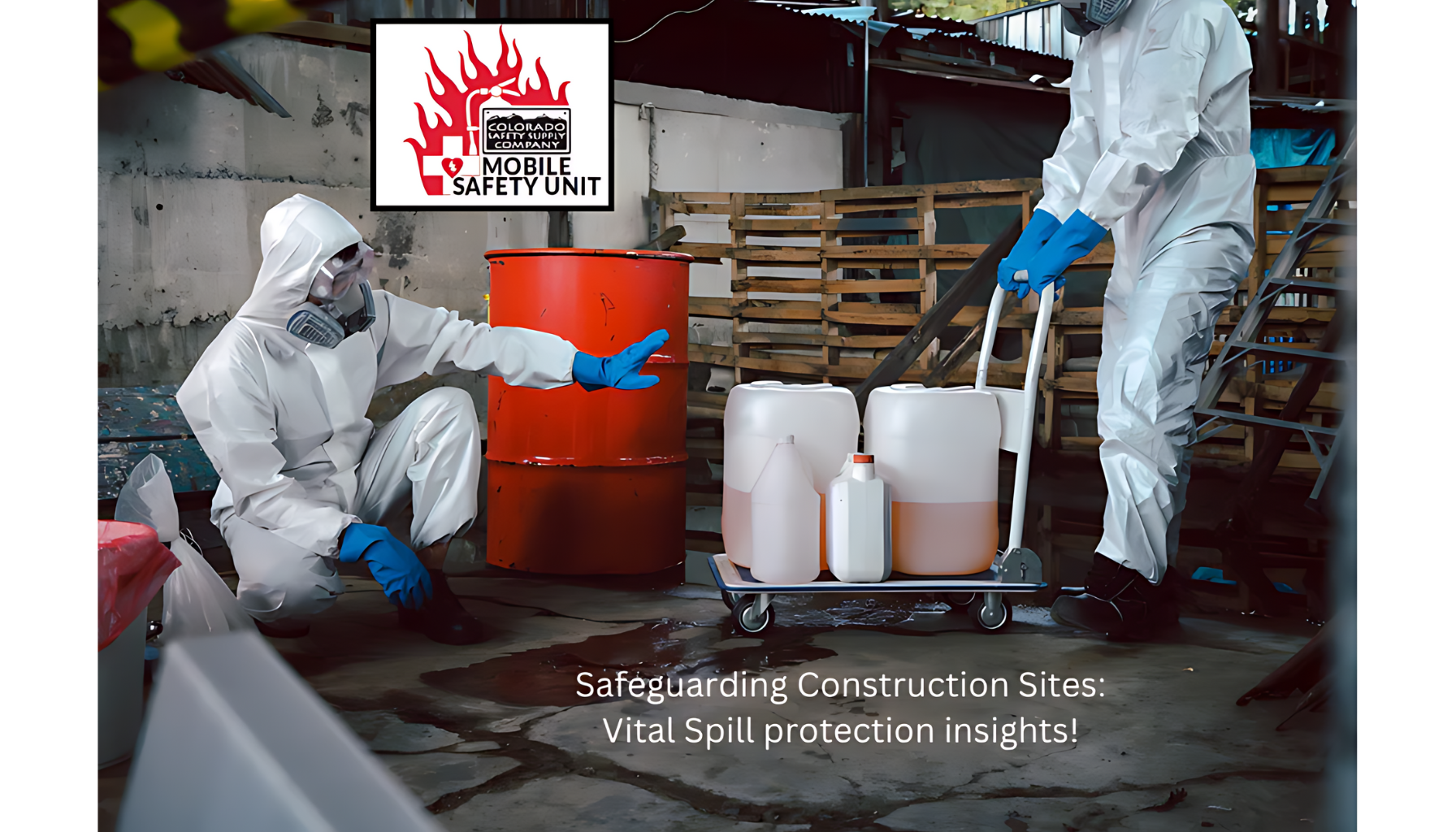Safeguarding Construction Sites: The Imperative of Spill Protection
Construction sites are dynamic environments where various materials, machinery, and activities converge. While these sites are essential for infrastructure development, they also pose the risk of spills that can have detrimental effects on the environment and worker safety. Implementing spill protection measures on construction sites is not only a legal requirement but an obligation to preserve the environment and ensure the well-being of those involved. In this blog, we will uncover the importance of spill protection on construction sites, potential spill sources and strategies to prevent and respond to spills.
Identifying Potential Spill Sources
Construction sites harbor a multitude of substances that can pose spill risks, including:
- Fuel and Oil:
- Heavy machinery and vehicles on construction sites often use fuel and oil, which can leak and contaminate the soil and water if not properly managed.
- Chemicals and Solvents:
- Construction projects may involve the use of various chemicals and solvents for cleaning, painting, or other processes. Accidental spills of these substances can have severe environmental consequences.
- Concrete Washout:
- Improper disposal of concrete washout water can lead to the release of alkaline substances, affecting the pH balance of nearby soil and water bodies.
- Stormwater Runoff:
- Stormwater runoff from construction sites can carry pollutants such as sediment, debris, and chemicals into nearby waterways, causing contamination.
The Importance of Spill Protection on Construction Sites
- Environmental Preservation:
- Spill protection measures help prevent pollutants from entering the soil and water, preserving local ecosystems and protecting wildlife.
- Compliance with Regulations:
- Adhering to environmental regulations and construction site best practices ensures legal compliance and minimizes the risk of fines and legal consequences.
- Worker Safety:
- Spill protection measures contribute to a safer work environment by reducing the risk of accidents, injuries, and exposure to hazardous substances.
Strategies for Effective Spill Protection
- Spill Response Plans:
- Develop and implement comprehensive spill response plans specific to the construction site, outlining procedures for containment, cleanup, and reporting.
- Training and Education:
- Train construction site personnel on spill prevention measures, proper handling of materials, and the use of spill response equipment.
- Secondary Containment:
- Use secondary containment systems, such as berms and barriers, around storage areas to prevent spills from spreading and reaching the environment.
- Regular Inspections:
- Conduct regular inspections of machinery, equipment, and storage areas to identify and address potential spill risks promptly.
- Proper Storage and Labeling:
- Store chemicals and hazardous materials in designated areas with proper containment measures and ensure accurate labeling to minimize the risk of confusion and mishandling.
Spill protection on construction sites is a multifaceted endeavor that requires proactive planning, ongoing education, and a commitment to environmental stewardship. By implementing effective spill prevention measures and response plans, construction sites can contribute to sustainable development, protect natural resources, and create safer working conditions for all involved. It is essential for construction industry stakeholders to prioritize spill protection as an integral part of their operations, fostering a culture of responsibility and care for the environment.
Together with Colorado Safety Supply Company we can help develop a plan that fits your Construction Site needs. Call us at 303-537-5832















